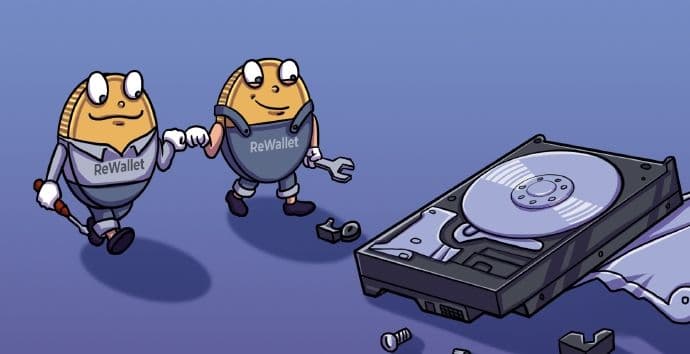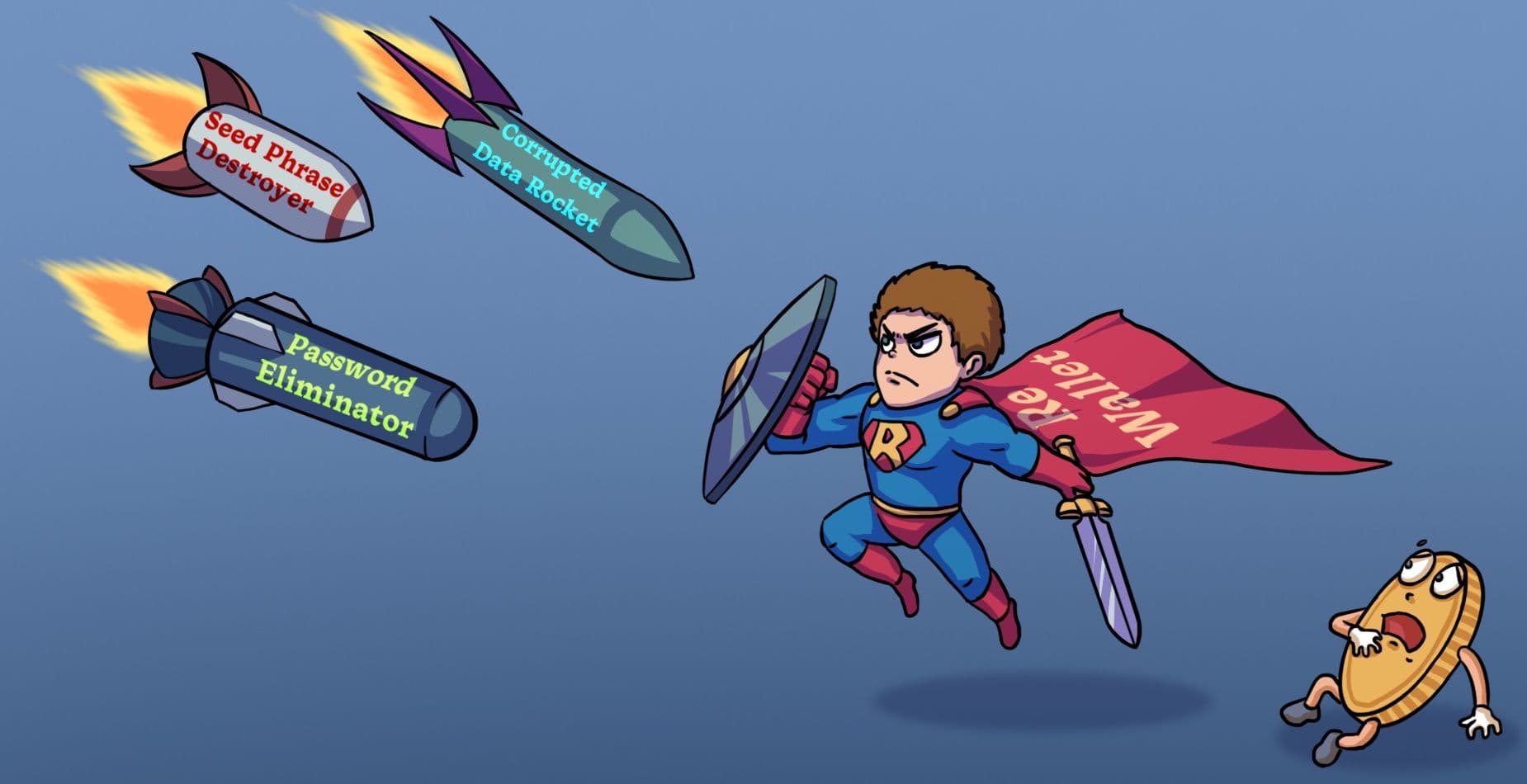A good hiding place for one’s seed is an essential part of a good backup strategy. The need arises from the fact that the seed is a kind of master key and grants immediate access to the entire wallet. If it is a seed that has been used in a hardware wallet then it may even involve dozens of wallets.
Thus, the hiding place is not trivial but of particular importance. This is because a seed must also be redundantly secured and therefore deposited in more than one place. In this article, we would like to show you how you can set this up and what advantages and disadvantages the two basic options entail.
Pen & Paper
Writing down your seed multiple times and depositing it in different places has a number of advantages:
- Your seed cannot be hacked remotely
- You have multiple points of contact to recover your wallet
- Estate administration is much easier with the documents in place
- It’s easy and inexpensive to do
However, there are also disadvantages that cannot be dismissed:
- Anyone who finds the seed has access
- Paper is fragile, water damage or fire can destroy your seed
- Your seed may be temporarily unusable if you don’t have a device to enter it on
If you decide to write down your seed and hide it, a number of places are recommended. These include bank safe deposit boxes, a safe in your home, or simply a well-chosen hiding place within an apartment or home. In any case, the hiding place should not be accessible to the public.
If you want to counteract the disadvantage of the fragility of materials such as paper, you can spend some money and harden the seed by writing it down on metal. A variety of systems are available in which individual metal plates with letters or numbers can be inserted by hand onto a steel frame. The manufacturers promise a high fire resistance of several thousand degrees Celsius and apart from a real fire the seed can also be secured against minor accidents.
Another option to increase safety is to split the seed but this requires additional effort. For example, if you keep it in two places, then if you split it up additionally, you have to keep it in four places. Ultimately, this is reassurance that no one who finds the document can gain direct access.
Conclusion: The most important thing to note if you want to store your seed as a physical copy is to find suitable hiding places. You will have to judge for yourself whether you can trust the people involved or not.
ReWallet
The Cloud
The second option is to upload a backup to a cloud drive. It is not difficult to find a provider. If you are technically savvy you can also set up a server yourself but this also involves maintenance work and is usually not worth it. Specialized providers have the advantage of being able to fall back on a professional environment. In comparison, own solutions like OwnCloud usually perform worse in terms of fault tolerance and reliability. Cloud storage has the following advantages:
- The backup remains intact and is only limited by the lifetime of the cloud provider
- You can access it from almost any device with internet access
- You are free to store either the wallet file or the seed in the cloud
- The estate can also be settled easily by passing on the access data
As convenient as a backup in the cloud may be, some disadvantages cannot be ignored:
- You can’t always be 100% sure that the environment you’re using is free of viruses or other threats while you’re accessing it
- The provider could have a security breach and your data could end up on the net
- If you do not secure your account sufficiently unauthorized people may be able to access it
Some of these problems can be mitigated to a certain extent. Others, such as a security gap in the cloud, cannot be fixed by the user, but simply require trust in the provider. To gain a bit more security here, one should not store the seed in plain text but encrypt the file. If the password is securely constructed, then it is very unlikely that an attacker will be able to crack it.
It might be more relevant to pick a provider that can clearly guarantee availability and access in the foreseeable future. As for the environment you use while creating and uploading the backups, you can mitigate any uncertainties. For example, one possibility is to use a Linux Live CD to create the backup. The private keys or seeds created in this environment can then be encrypted and stored on a USB stick. Afterwards, you can continue to use this backup on your regular Windows PC or, for example, in macOS and upload it to the cloud provider as usual.
Conclusion: If you fear that you or the provider of your choice might fall victim to a hack or exploit, you will not want to go down this route. However, if you pay attention to a few details, there is no reason not to go for a cloud backup. After all, people also trust that their own wallet runs in a secure environment in everyday life. Cloud storage promises more convenience and better usability.
ReWallet
What About Other Physical Data Carriers and Media?
These are, for example, self-burned CDs or USB sticks on which a backup copy is then kept. They come with a similar risk profile as far as safekeeping is concerned because they share certain advantages and disadvantages of a digital and physical backup copy.
The risk of loss due to environmental influences is almost as high as with a sheet of paper. In the end, if you want to protect yourself from hacking, viruses, and Trojans, you also need a semi-sealed environment when creating them.
However, these backup copies are better protected against unauthorized access than equivalent copies made with pen and paper. A finder then has the data, but cannot decrypt it.
It should also be noted that suitable hiding places must be found for each copy, although with strong encryption one needs to worry less about whether any persons involved are trustworthy and reliable enough.




